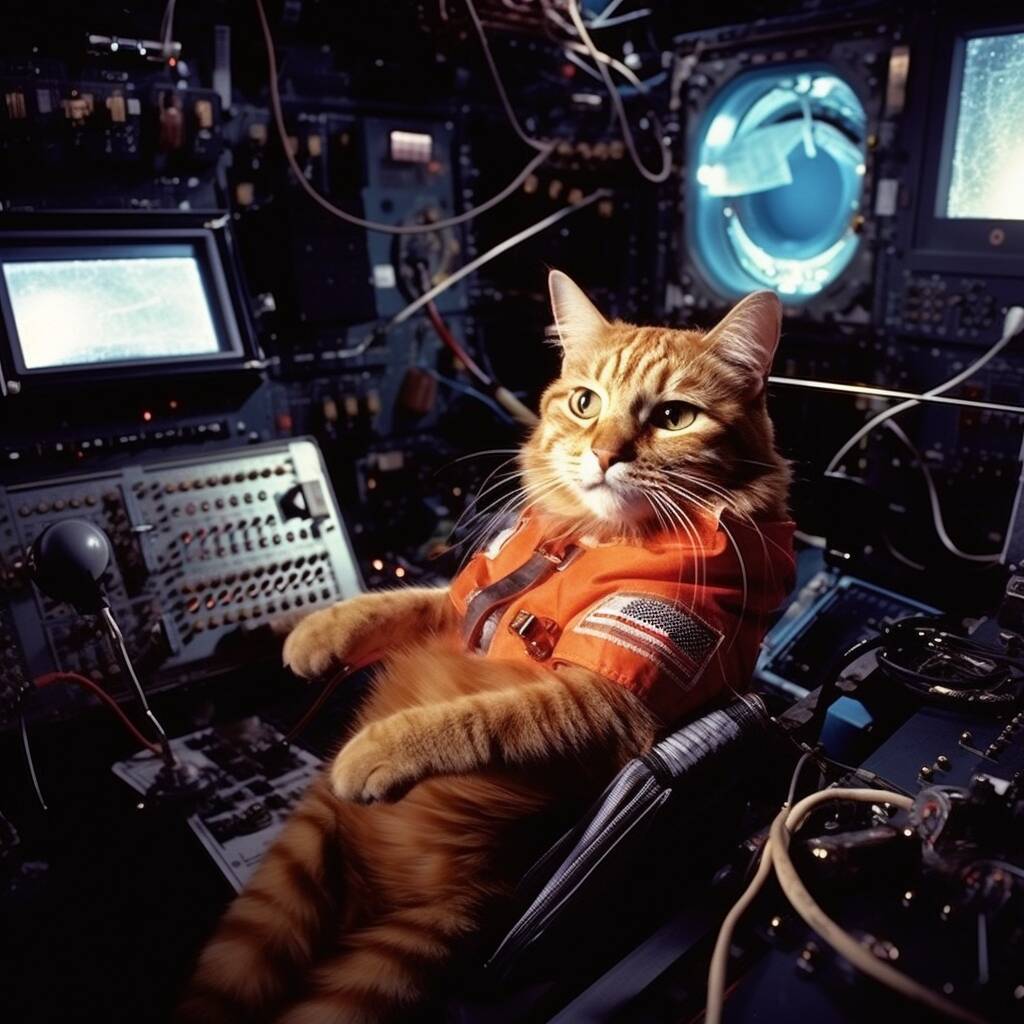NASA Makes Purrrr-fect Deep Space Transmission Of Cat Vid

From the department of "what must the aliens think of us?" comes news that NASA has demonstrated its Deep Space Optical Communications experiment through the medium of a cat video.
The 15-second, ultra-high definition video of an orange tabby cat named Taters was sent back to Earth as part of the demonstration. It took 101 seconds for the video to reach Earth, with the system running at its maximum bit rate of 267 Mbps.
We shall obviously be adding this to our list of Register measurements: one Astro Cat = 101 seconds of data at 267 megabits per second.
The event took place on December 11 when Psyche, the spacecraft hosting the experiment, was 19 million miles (approximately 31 million kilometers) from Earth.
Cat video aside, the speed and quantity of data is a significant achievement. The team has ramped up the downlink bit rates and on December 4 demonstrated rates of 62.5 Mbps, 100 Mbps, and 267 Mbps. During that time, 1.3 terabits of data were transferred. To put that in context, NASA's Magellan mission to Venus managed 1.2 terabits during its entire mission from 1990 to 1994.
Typically, the experiment sends randomly generated test data. However, the onboard cat video was transmitted this time around – showing Taters chasing a laser pointer.
The plan is for the Psyche payload to continue transmitting data as the probe travels to the main asteroid belt between Mars and Jupiter. In doing so, it will demonstrate high-data-rate signals as far out as Mars's greatest distance from Earth.
- NASA's Psyche spacecraft beams back a 'Hello' from 10 million miles away
- Falcon Heavy sends NASA probe to metal-rich asteroid Psyche
- NASA's Psyche asteroid mission suffers another heavenly holdup
- NASA delays already-late $1B Psyche probe's visit to metal-rich asteroid
Bill Klipstein, the tech demo's project manager, said: "One of the goals is to demonstrate the ability to transmit broadband video across millions of miles."
Depending on the performance of your own broadband, you might think the demo has only served to show the limitations of terrestrial connectivity. After all, from 19 million miles away, it appears to run faster than this hack's broadband connection.
Ryan Rogalin, the project's receiver electronics lead, noted: "In fact, after receiving the video at Palomar, it was sent to JPL over the internet, and that connection was slower than the signal coming from deep space."
There is work to do. While the team can lock onto spacecraft and terminals for longer than previously – long enough to send the all-important cat video – Ken Andrews, the project flight operations lead, said: "We are learning something new during each checkout."
We can just imagine the animated GIFs and memes the engineers have in mind for future spacecraft applications. ®
From Chip War To Cloud War: The Next Frontier In Global Tech Competition
The global chip war, characterized by intense competition among nations and corporations for supremacy in semiconductor ... Read more
The High Stakes Of Tech Regulation: Security Risks And Market Dynamics
The influence of tech giants in the global economy continues to grow, raising crucial questions about how to balance sec... Read more
The Tyranny Of Instagram Interiors: Why It's Time To Break Free From Algorithm-Driven Aesthetics
Instagram has become a dominant force in shaping interior design trends, offering a seemingly endless stream of inspirat... Read more
The Data Crunch In AI: Strategies For Sustainability
Exploring solutions to the imminent exhaustion of internet data for AI training.As the artificial intelligence (AI) indu... Read more
Google Abandons Four-Year Effort To Remove Cookies From Chrome Browser
After four years of dedicated effort, Google has decided to abandon its plan to remove third-party cookies from its Chro... Read more
LinkedIn Embraces AI And Gamification To Drive User Engagement And Revenue
In an effort to tackle slowing revenue growth and enhance user engagement, LinkedIn is turning to artificial intelligenc... Read more

